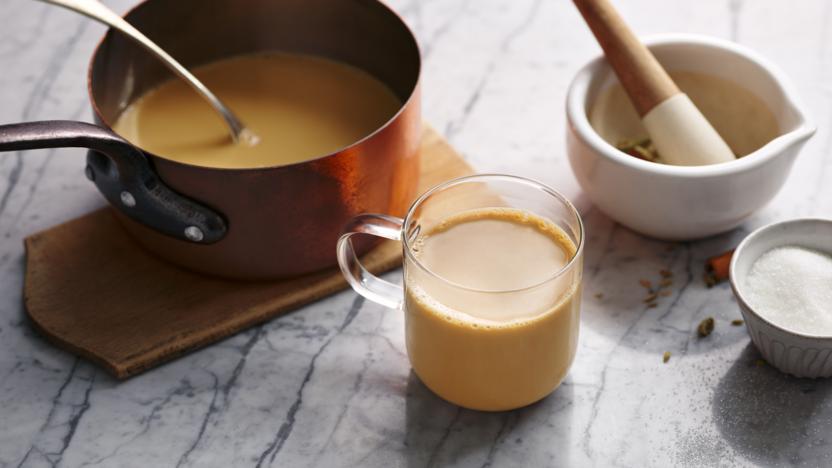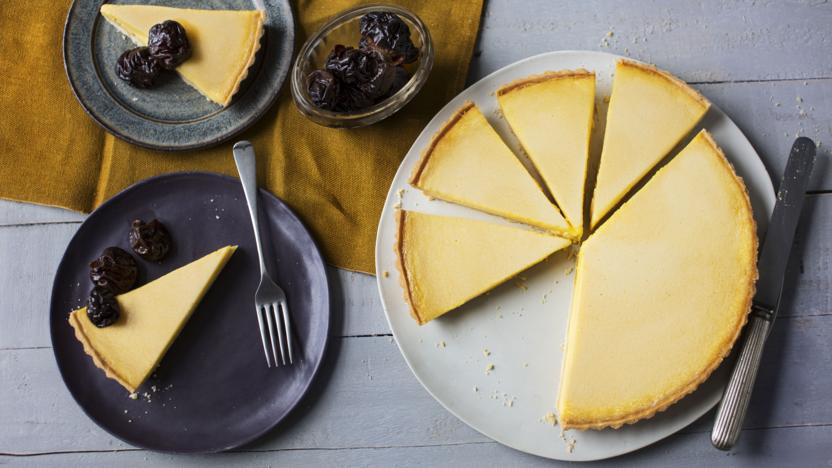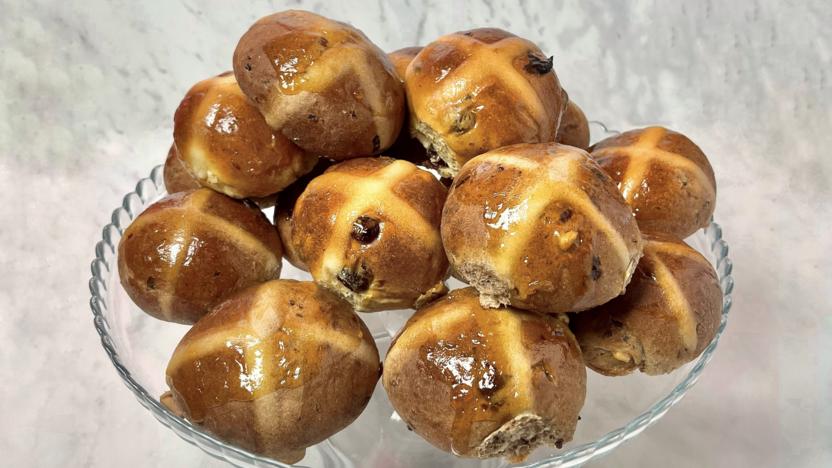Tea recipes
All tea is made from the processed leaves and buds of the evergreen ‘Camellia sinensis’ bush. There are a huge variety of teas, however, generally classified by the size of the leaves and the way in which they’re treated. The flavour will vary according to the conditions in which the tea is grown, the soil and climate, the way the leaves are harvested and the manner in which they’re processed after picking.
The tea most widely drunk in the UK is ‘black’ tea. Its characteristic colour and powerful flavour come from the fermentation or oxidation process by which it’s produced. The majority of black tea goes into blends such as English breakfast tea; commercial blends can contain up to 30 different teas. A few varieties are famous in their own right, such as assam and darjeeling. Flavoured teas - black tea flavoured with ingredients such as jasmine, chrysanthemum, dried fruit or fruit oils – are also available.
Tea is grown in India, Sri Lanka, East Africa and China. The teas produced by each country have unique properties: Kenya, for example, produces excellent, bold-flavoured black tea that is much used in blends, while well-flavoured, bright and strongly coloured Malawi tea is popular for blending.
Tea can be used in cooking to soak dried fruit, make syrups for poaching fruit or to smoke fish and poultry.
A warming cup of chai is just what a rainy day needs. Simmered with whole spices, ginger and made mainly with milk, this brew is strong, milky and with just the right amount of sweetness.
More tea recipes
Buyer's guide
When buying loose-leaf tea, it should smell fresh and vibrant. Check the packet labels to check whether you’re buying a blend or single variety. If buying flavoured tea, check whether the flavouring is natural or a ‘nature-identical’ synthetic. For example, Earl Grey tea flavoured with bergamot oil is far superior to Earl Grey tea with bergamot flavouring.
Black teas are graded by their leaf size, from whole leaf, to ‘broken’ and ‘fannings’, down to ‘dust’. The leaf grade will determine the tea’s brewing time: the smallest leaves are used in teabags because they brew very quickly. All grades can produce fine tea, albeit in different styles ranging from light and delicate to full-bodied.
Black tea varieties include:
Broken Pekoe and Broken Orange Pekoe - broken-leaf Indian and Sri Lankan teas that make dark, strong brews.
Flowery Orange Pekoes - large-leaf Indian and Sri Lankan tea containing a proportion of slightly golden tips. If there are a high proportion of tips, the leaves may be called golden flowery orange pekoe.
Orange Pekoe - these Indian and Sri Lankan teas take longer to brew than broken or small-leaf ones. The leaves are long, thin and tightly rolled.
Souchong - a general term for large-leaf black teas from China.
Assam – a black tea from India, valued for its rich golden colour and strong, malty flavour that stands up well to the addition of milk.
Darjeeling – a fragrant, light Indian tea that’s one of the finest black teas in the world, and is sometimes described as ‘The Champagne of Teas’. First flush (early-season) pickings are the most delicate and prized. Second flush pickings have a denser, fuller flavour. At the very top end, the tea is sold by the name of specific estates. Drink it with lemon so as not to mask the fine taste.
Nilgiri - a fine black tea from a region in southern India of the same name. It has a good colour and well-rounded flavour and can be served with or without milk.
Lapsang Souchong - a large-leaf black Chinese tea that has been smoke-dried to produce a tarry taste. It is best drunk without milk, sugar or lemon.
Earl Grey – a black Chinese tea flavoured and scented with oil of bergamot. It’s best drunk alone or with a slice of lemon.
Keemun – a black China tea with a nutty, fragrant flavour that can be served either with or without milk.
Storage
Tea has a long shelf-life, but both leaf tea and teabags should be stored in an airtight container or canister in a cool, dark place in order to preserve the original flavour for as long as possible.

















